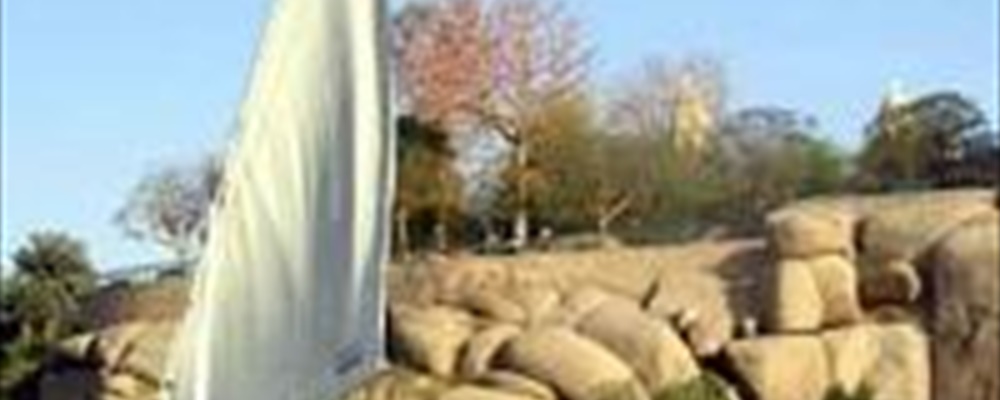
Elephantine Island Tour
( No user reviews )
Book Now
Going to Elephantine Island Tour?
Highlights / General details
The island of Elephantine sits midstream in the Nile, just above the first cataract, by modern Aswan. Anciently the capital of the 1st Upper Egyptian Nome, the site was a true border between Egypt and the areas to the south. The main town and temple of area of Elephantine was located at the southern end of the island, and excavations by German archaeological team have found that this area was inhabited almost continuously from the Early Dynastic period. Many temple doubtless stood here over the millennia, and the existence of several is known, though none of these structures remains intact today. Some have vanished in only recent times, and a small temple of Amenophis III was virtually intact as late as 1820, as was a structure of Thutmosis III.
The main temple site of which anything can be seen is that of the temple of Khnum, ram-headed lord of Elephantine, which was oriented east to west from the direction of the Roman era quay near the southeast corner of the island. The surviving pavement of the front section of this structure was actually added in the late antiquity and built around the earlier columns of Ramesses II. Today only fragmentary examples of these survive, along with some altars, several of which are inscribed in Greek. The inner part of the temple is marked by a granite gateway which represents the only standing element of substance (most of the limestone of the walls having been burnt for lime), and the area beyond this is one of tangled remains with few recognizable features other than a large granite shrine begun in the 30th dynasty by Nectanebo II but never fully completed.
With artifacts which date back to the predynastic periods, Elephantine Island is one of the most ancient sites in Egypt. Spend a few hours exploring the largest island of the region which has an important role on Egyptian history.
Elephantine Island is the largest of the Aswan area islands, and is one of the most ancient sites in Egypt, with artifacts dating to predynastic periods. This is probably due to its location at the first Cataract of the Nile, which provided a natural boundary between Egypt and Nubia.
Elephantine is Greek for elephant. In ancient times, the Island, as well as the southern town, was called Abu, or Yabu, which also meant elephant. The town has also been referenced as Kom, after its principle god of the island, Khnum (Khnemu).
It is believed that the island received its name because it was a major ivory trading center, though in fact, it was a major trading post of many commodities. There are large boulders in the river near the island which resembled bathing elephants, particularly from afar, and this too has been suggested as a reason for the island's name.
Inclusion
Hotel/port pickup and drop off; Transport by air-conditioned minivan; Qualified Egyptologist guide; Entrance fees.
Exclusion
Gratuities (recommended); Food and drinks, unless specified.
Duration Approximately 2 hours.
Duration
Approximately 2 hours.
Hours of operation Available: Daily; Departs at 9:00am (later departures are available until 3:00pm if required, please advise at time of booking). Hotel pickups commence prior to this time, exact pickup time will be advised on reconfirmation.
Location Departs from Aswan hotels or Port area. Returns to original departure point.
Location
Departs from Aswan hotels or Port area. Returns to original departure point.
Policies This tour require 2 passengers minimum in order to operate. Complete information, including local telephone numbers at your destination, will be included on your Confirmation Voucher.
All information requested must be supplied or booking is subject to automatic cancellation
Make a reservation
Please choose your preferred options
Aswan Aswan , Aswan, Egypt
01120237620904
Be the first one to add a review
The photos displayed on this page are the property of one of the following authors:
Tourico
This travel guide also includes text from Wikitravel articles, all available at View full credits
View full credits
This travel guide also includes text from Wikipedia articles, all available at View full credits
View full credits